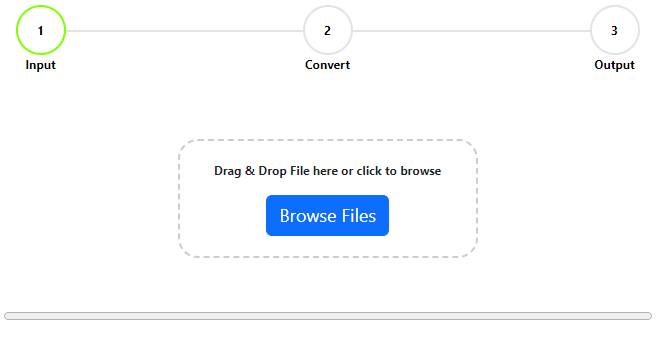Geojson to GPKG
Discover how to efficiently convert multiple GeoJSON files to a single GPKG using Python, GDAL, and QGIS. This comprehensive guide explores various methods, including batch processing and scripting, to streamline your GIS workflows
Read More




